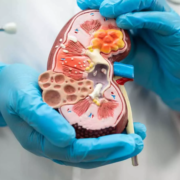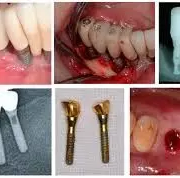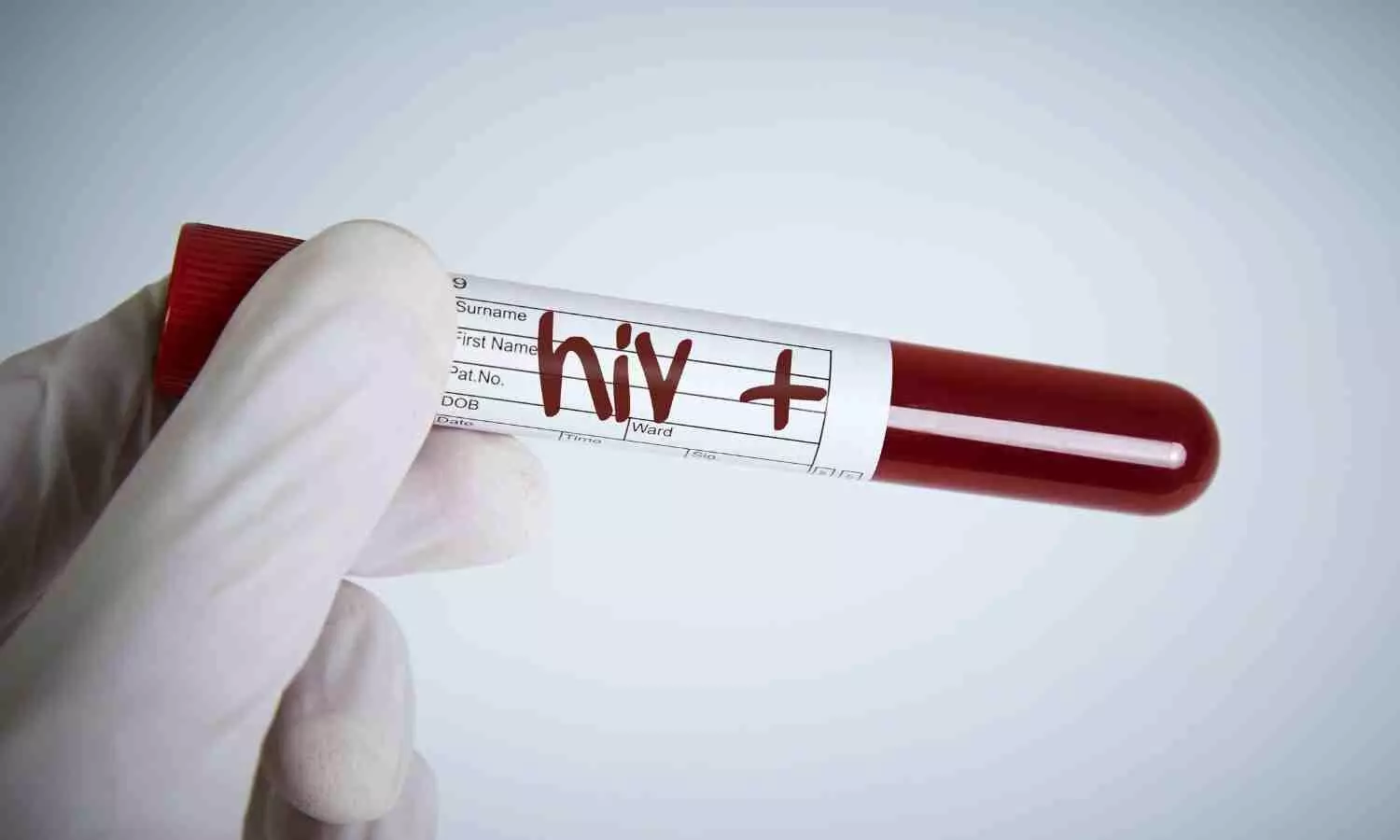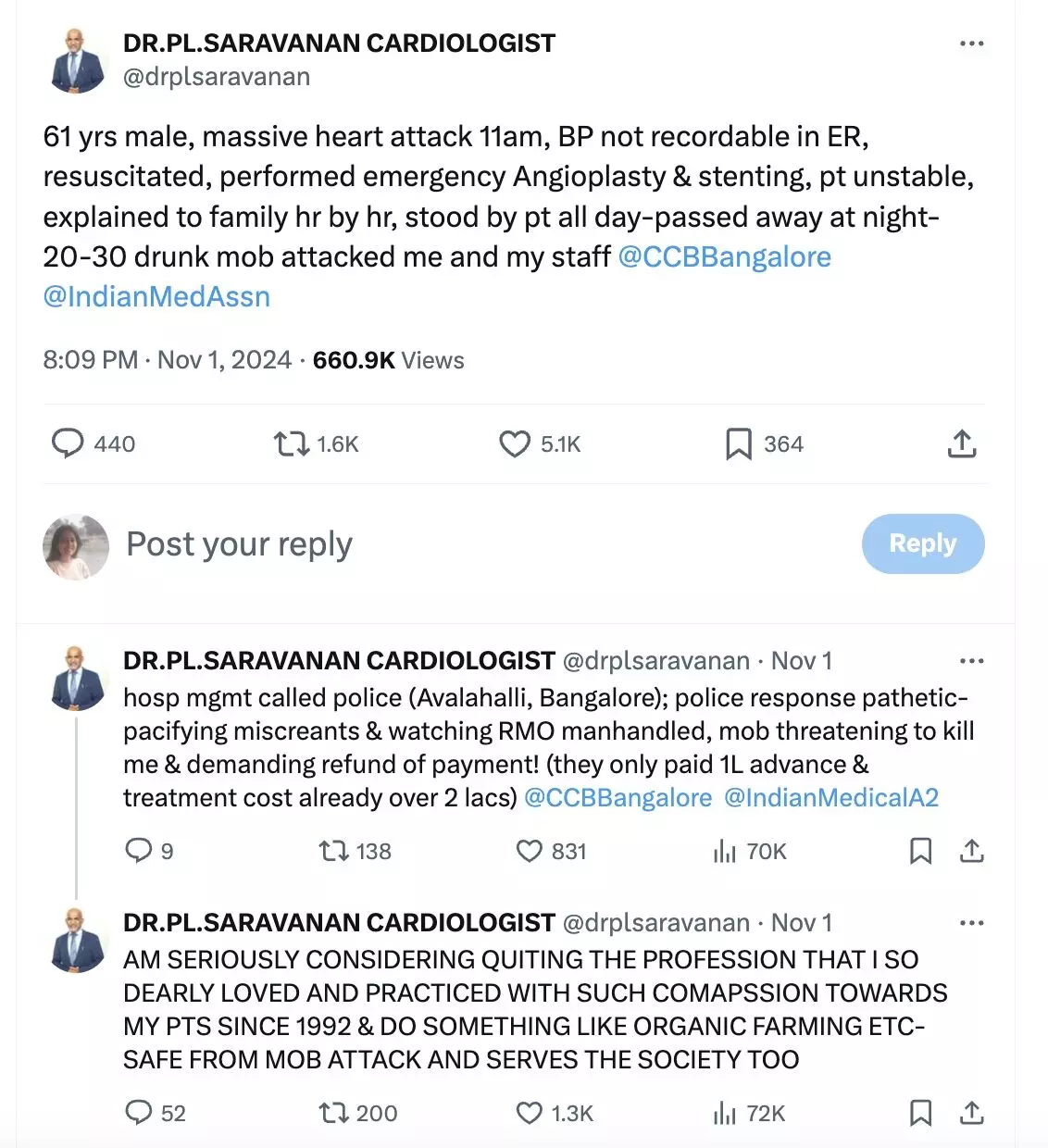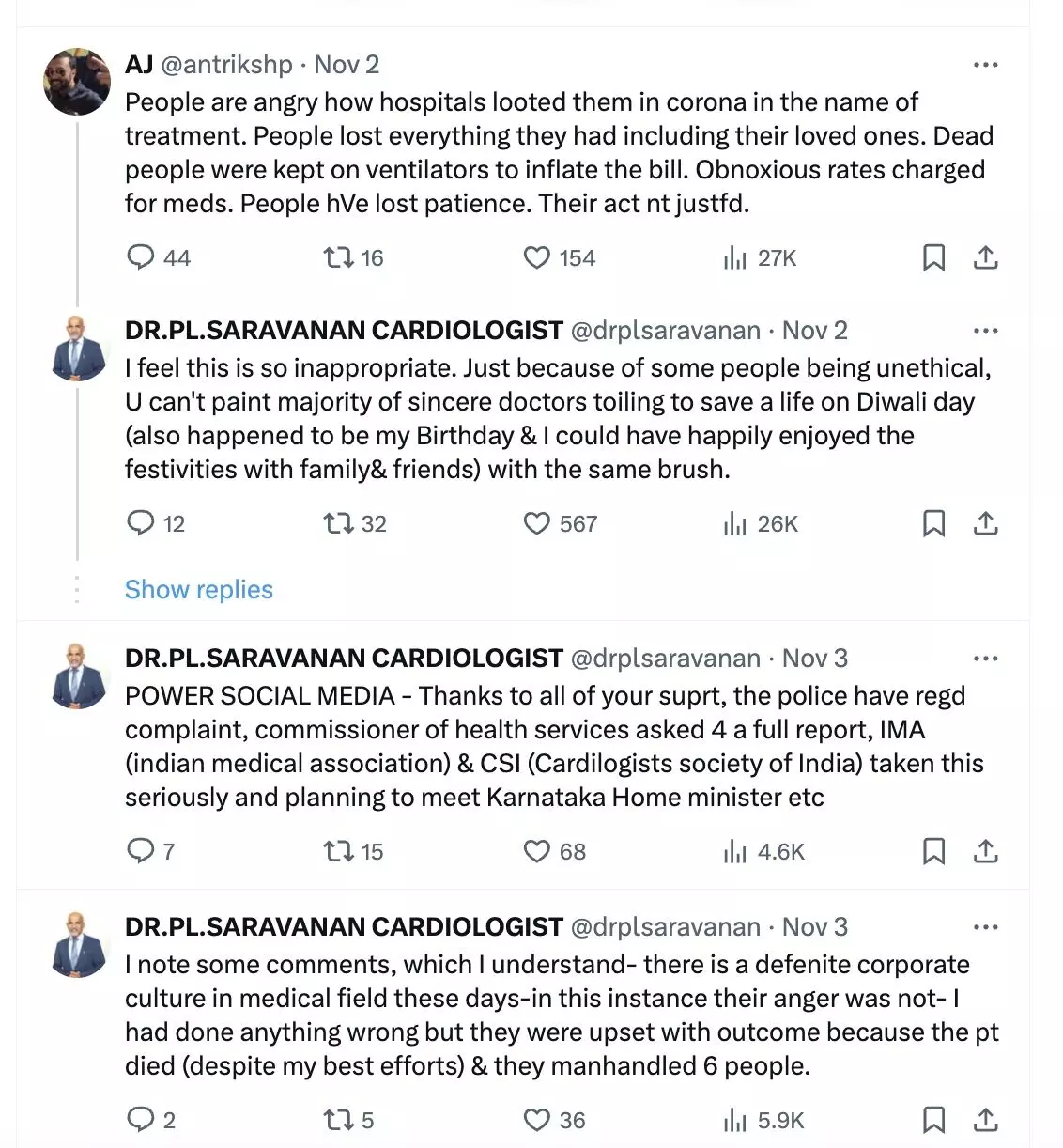New AI tool “game changer” in improving outcome predictions for kidney transplant patients, claims research
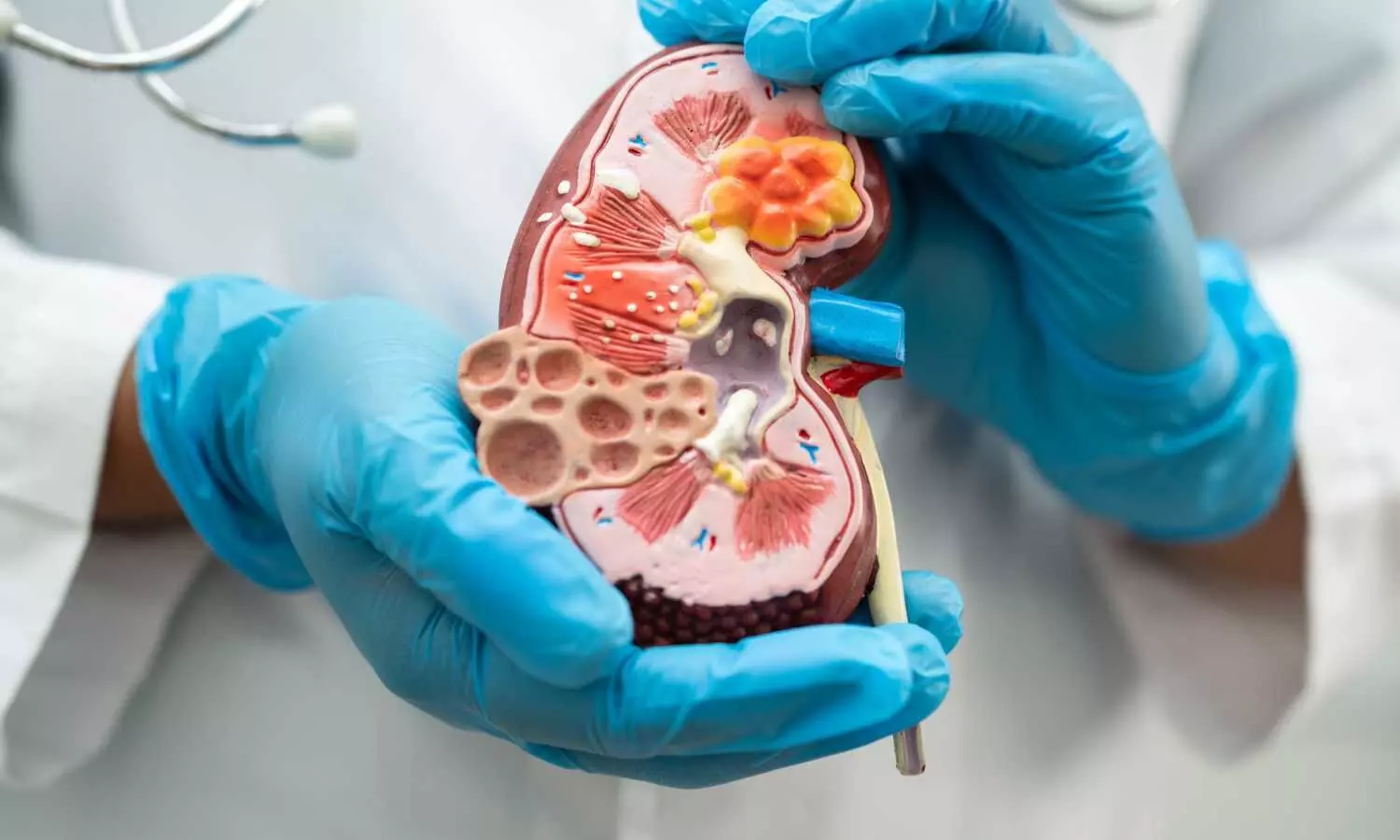
A new advanced artificial intelligence (AI) tool, developed by renal doctors internationally, represents a significant step forward in predicting and potentially improving outcomes for UK kidney transplant patients.
For patients with late-stage renal failure, a kidney transplant can be life-changing, offering the promise of improved survival and a better quality of life compared to other treatment options. But in the UK alone, around 5,000 people are on the waiting list for a kidney transplant, with an average wait time of 2-3 years for a deceased donor organ.
A team of experts from hospitals across the US and UK have created new software, which could ultimately pave the way for updated kidney allocation policies – potentially leading to better patient outcomes and the more efficient use of this precious resource.
The tool, entitled the ‘UK Deceased Donor Kidney Transplant Outcome Prediction’ (UK-DTOP), uses advanced AI. It was developed using data from nearly 30,000 transplant cases across 15 years.
Dr Hatem Ali, a renal specialist at University Hospitals Coventry and Warwickshire NHS Trust, leads a new study to report on the tool’s capabilities in the peer-reviewed journal Renal Failure.
He explains how his research team believe the model “promises to be a game changer in kidney transplantation”.
“The UK-DTOP offers hope for more efficient organ allocation and improved outcomes for patients in need,” Dr Ali says.
“By harnessing the power of AI and machine learning, we’ve created a more accurate and reliable decision-support system, which could lead to improved donor selection, transplant strategies, and ultimately, better outcomes for kidney transplant patients.”
“As an author of this study, I am enthusiastic about the potential impacts of the UK-DTOP tool on kidney transplantation. This AI-enabled model enhances our predictive capabilities and helps refine our approach to donor-recipient matching. By improving how we allocate organs, we can ensure better outcomes for transplant recipients. It is my hope that this tool will be embraced globally, leading to significant advancements in patient care and the efficient use of critical health resources.”
A kidney transplant carries inherent risks and with the demand for organs far outstripping supply, it is crucial to ensure that every donated kidney is used in the most effective way.
However, existing predictive models, such as the widely used Kidney Donor Risk Index (KDRI), have shown limitations in accurately forecasting patient outcomes-highlighting the urgent need for more sophisticated tools that can better guide clinical decision-making.
Using the data from 29,713 transplant cases recorded in the UK Transplant Registry (UKTR) between 2008 and 2022, the expert term evaluated the predictive performance of three advanced machine learning techniques, considering various donor, recipient, and transplant factors. The UK-DTOP emerged as the superior model with a predictive power of 0.74, significantly outperforming the KDRI (0.57) and its UK counterpart, the UK-KDRI (0.62).
“The UK-DTOP is a versatile tool for assessing deceased donor kidney transplantation outcomes. It refines pre-transplant decision-making while recognising that the final decision to accept an organ rests with the recipient and their risk tolerance,” adds co-author Dr Miklos Molnar, from Division of Nephrology & Hypertension at University of Utah.
“Our findings advocate for a shift toward the adoption of advanced, data-driven tools across healthcare systems worldwide, potentially revolutionising donor-recipient matching and organ allocation, improving transplant success rates and saving lives.”
The researchers also used unsupervised machine learning techniques to identify five distinct groups of kidney transplant patients with varying survival rates. Ultimately, this approach could enable more personalised risk assessments to inform decisions about whether or not to proceed with a transplant.
While the UK-DTOP represents a significant advancement, the team also acknowledge this decision-support system has certain limitations that could affect its predictions. These include variability in reported data, missing information on some donor characteristics, and the absence of certain factors that may influence long-term outcomes, such as specific antibodies and certain biological markers.
Reference:
Hatem Ali,Arun Shroff,Karim Soliman,Miklos Z. Molnar,Adnan Sharif,Bernard Burke, Improved survival prediction for kidney transplant outcomes using artificial intelligence-based models: development of the UK Deceased Donor Kidney Transplant Outcome Prediction (UK-DTOP) Tool, Renal Failure, https://doi.org/10.1080/0886022X.2024.2373273.
Powered by WPeMatico

